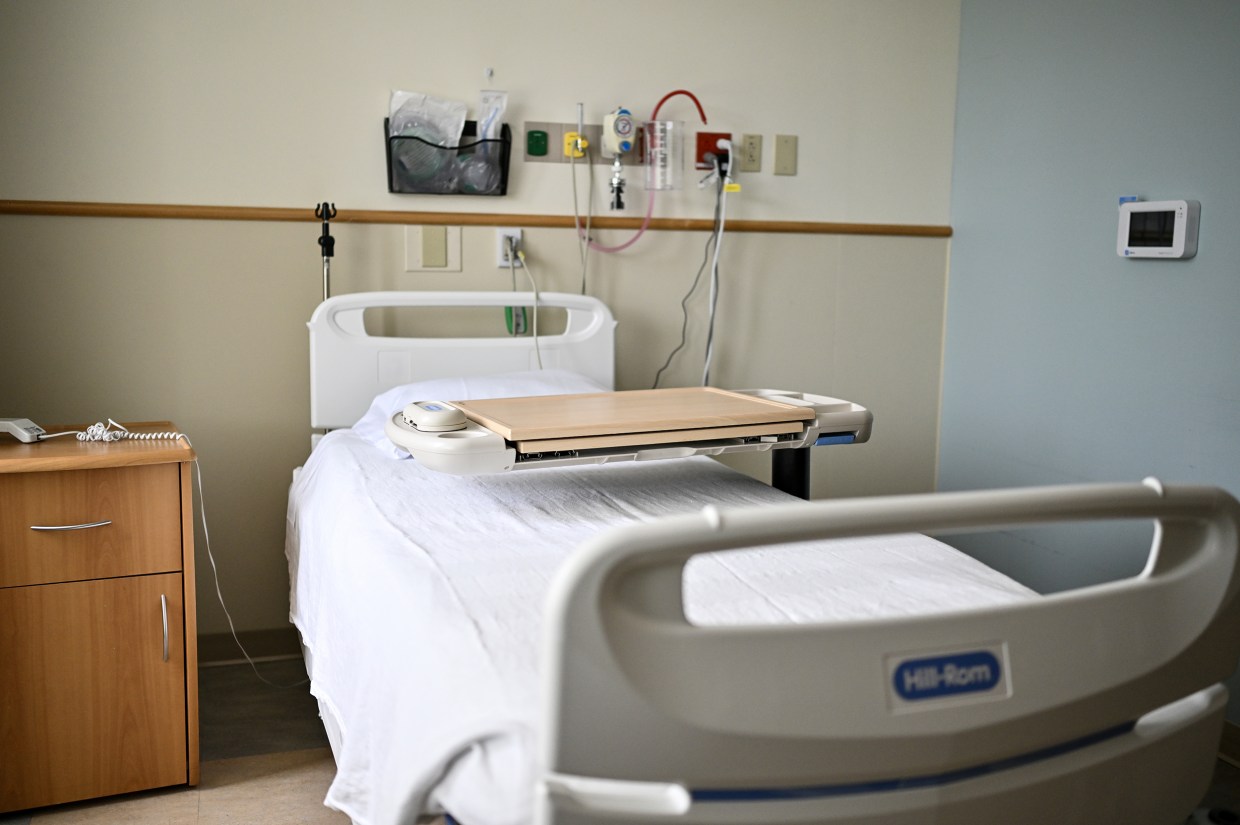A new analysis reviewing Medicaid’s financial composition has discovered that spending on emergency Medicaid constitutes an unexpectedly minor fraction of the total costs. Despite Medicaid being well-known as a crucial safety net for individuals and families with low income, the funds allocated to emergency services are relatively minimal. The study, which analyzed Medicaid’s comprehensive expenses over a specified timeframe, underscores the intricacy of the program’s financial distribution, emphasizing the significance of grasping the wider range of Medicaid’s funding allocations.
Understanding Medicaid’s role in the U.S. healthcare system
Medicaid, one of the United States’ primary public health programs, serves millions of low-income individuals, providing essential healthcare services ranging from routine check-ups to major medical treatments. With its extensive reach, the program’s expenses are substantial, covering a broad range of healthcare needs. However, despite the frequent association of Medicaid with emergency care services, the study reveals that less than 1% of Medicaid’s total expenditure is allocated to emergency medical services.
Comprehending the financial framework of Medicaid is crucial for decision-makers, medical professionals, and the general population. The disclosure concerning urgent expenditures could change how Medicaid’s goals and applications are viewed, particularly because numerous individuals consider emergency services to be a fundamental element of the program. Nonetheless, this research questions that belief, providing insight into the actual allocation of Medicaid’s financial resources and identifying where most of the funding goes.
Why emergency services represent a small portion of costs
The U.S. healthcare structure is intricate, with Medicaid being a crucial component in aiding those who might not otherwise receive essential medical services. Still, it’s crucial to understand that the financial allocation for the program spans a variety of services, beyond just emergency interventions. For example, a large part of Medicaid’s expenditures is directed towards long-term care, prescription medications, and preventive health services, which are frequently more costly than emergency care.
While emergency services are crucial, especially for those in immediate need of care, they represent only a fraction of the expenses borne by Medicaid. Emergency care is typically short-term, but the long-term needs of Medicaid recipients, particularly the elderly and disabled, demand a larger portion of the budget. This includes hospital stays, nursing home care, and other extended services that require ongoing financial support.
The minimal portion of funds directed towards emergency situations prompts inquiries about how accessible emergency healthcare services are under Medicaid. Certain critics suggest that the modest ratio of spending on emergencies might indicate a diminished emphasis on urgent care precisely when individuals require it the most. On the other hand, some might contend that the way resources are distributed mirrors a larger pattern in the healthcare system, where urgent services, despite their importance, frequently serve as a reactive approach instead of a preventive strategy.
Potential impacts on the future financing and focuses of Medicaid
The results of this research might significantly influence the distribution of Medicaid funding moving forward. If a large part of the program’s budget isn’t directed towards urgent medical care, decision-makers might have to reconsider the approach to balancing short-term health services with the requirements for long-term care. This might result in changes to funding priorities to guarantee adequate support for both urgent and continuous care, thus avoiding potential deficiencies in the system.
The challenge lies in preserving Medicaid’s capacity to offer urgent medical attention when needed, while securing the program’s ongoing viability. As the healthcare landscape progresses in the U.S., comprehending the financial allocation of initiatives like Medicaid will be essential for making knowledgeable choices about how to optimally meet the requirements of at-risk communities.
An expanded perspective on Medicaid’s effects
The finding that emergency Medicaid spending represents less than 1% of the program’s total expenses underscores the complexity of Medicaid’s financial structure. While emergency care is essential, Medicaid’s broader focus includes a variety of services designed to address long-term health needs. As the study suggests, policymakers and stakeholders must continue to evaluate how resources are allocated within the program to ensure that both emergency and long-term care needs are met effectively.



:strip_icc()/GettyImages-1285710682-b0236f4671d1428fa53fd5be8a37c521.jpg)

